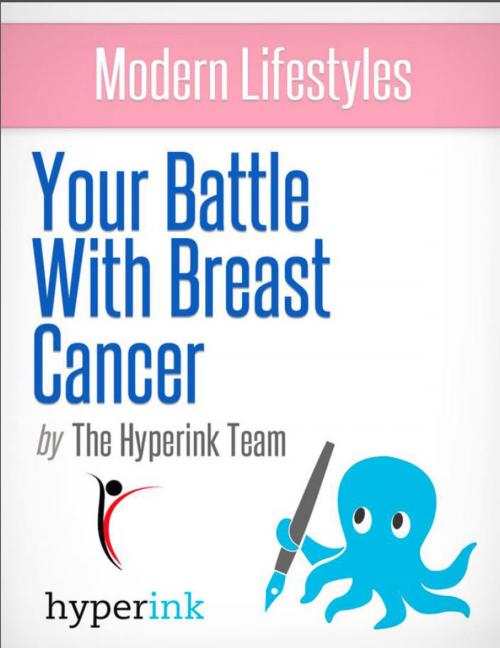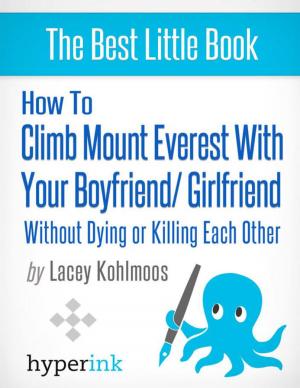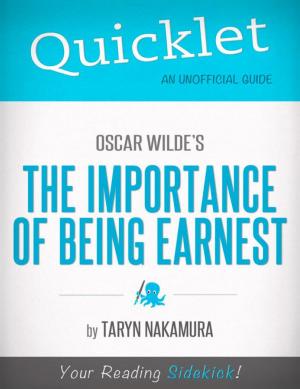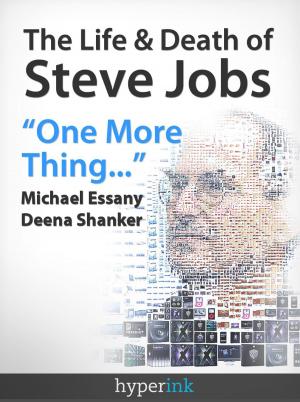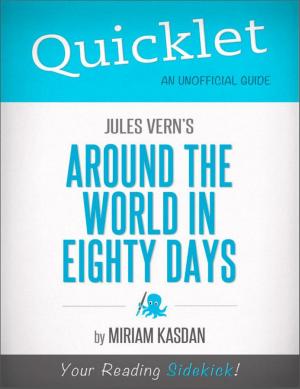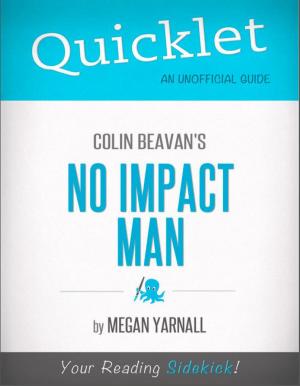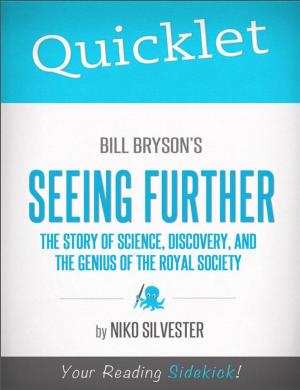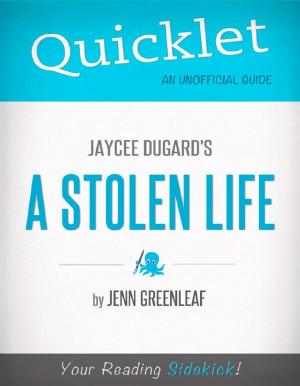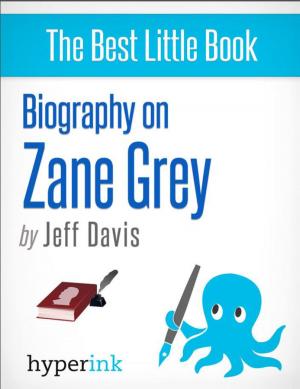Breast Cancer Treatment: Guide to Today's Treatments
Nonfiction, Reference & Language, Reference, Guides & Handbooks| Author: | Keely Bautista | ISBN: | 9781614649236 |
| Publisher: | Hyperink | Publication: | February 24, 2012 |
| Imprint: | Hyperink | Language: | English |
| Author: | Keely Bautista |
| ISBN: | 9781614649236 |
| Publisher: | Hyperink |
| Publication: | February 24, 2012 |
| Imprint: | Hyperink |
| Language: | English |
ABOUT THE BOOK
For those who have dealt with, or are dealing with, breast cancer, the ramifications of the disease are well known. For those who have not dealt with it, the fear is always there: What are my chances of getting breast cancer? What happens to me if there's a history of it in my family?
Chances are you know someone who has had breast cancer, or you may be a breast cancer survivor yourself. According to the National Cancer Institute, one out of every seven women born today will have a diagnosis of breast cancer at some point.
Even with the passing of time, the pain of
losing a loved one to breast cancer never fades. My husband's mother died of breast cancer during the 1990s, and to this day he still lashes out against this disease that shortened her life. Grief, anger – these are the emotions triggered by this disease.
EXCERPT FROM THE BOOK
According to the National Institute of Health, no one can perfectly pinpoint the exact causes or risk factors for breast cancer. Perhaps surprisingly, the majority of women who get breast cancer have no family history of the disease. To offset this data, however, we have another sobering statistic: approximately 20-30 percent of breast cancer patients do, in fact, have a family history of breast cancer.
The NIH also points out that a breast cancer patient who has cancer in one breast is at a higher risk for getting cancer in the other breast as well. Another risk factor concerns age: a woman of over 60 is at the greatest risk for developing breast cancer.
Early menstruation and late menopause pose a risk factor as well. Women who started their menstrual cycles before the age of 12 or who experienced menopause after the age of 55 also have a higher risk of developing breast cancer....
Buy a copy to keep reading!
ABOUT THE BOOK
For those who have dealt with, or are dealing with, breast cancer, the ramifications of the disease are well known. For those who have not dealt with it, the fear is always there: What are my chances of getting breast cancer? What happens to me if there's a history of it in my family?
Chances are you know someone who has had breast cancer, or you may be a breast cancer survivor yourself. According to the National Cancer Institute, one out of every seven women born today will have a diagnosis of breast cancer at some point.
Even with the passing of time, the pain of
losing a loved one to breast cancer never fades. My husband's mother died of breast cancer during the 1990s, and to this day he still lashes out against this disease that shortened her life. Grief, anger – these are the emotions triggered by this disease.
EXCERPT FROM THE BOOK
According to the National Institute of Health, no one can perfectly pinpoint the exact causes or risk factors for breast cancer. Perhaps surprisingly, the majority of women who get breast cancer have no family history of the disease. To offset this data, however, we have another sobering statistic: approximately 20-30 percent of breast cancer patients do, in fact, have a family history of breast cancer.
The NIH also points out that a breast cancer patient who has cancer in one breast is at a higher risk for getting cancer in the other breast as well. Another risk factor concerns age: a woman of over 60 is at the greatest risk for developing breast cancer.
Early menstruation and late menopause pose a risk factor as well. Women who started their menstrual cycles before the age of 12 or who experienced menopause after the age of 55 also have a higher risk of developing breast cancer....
Buy a copy to keep reading!
